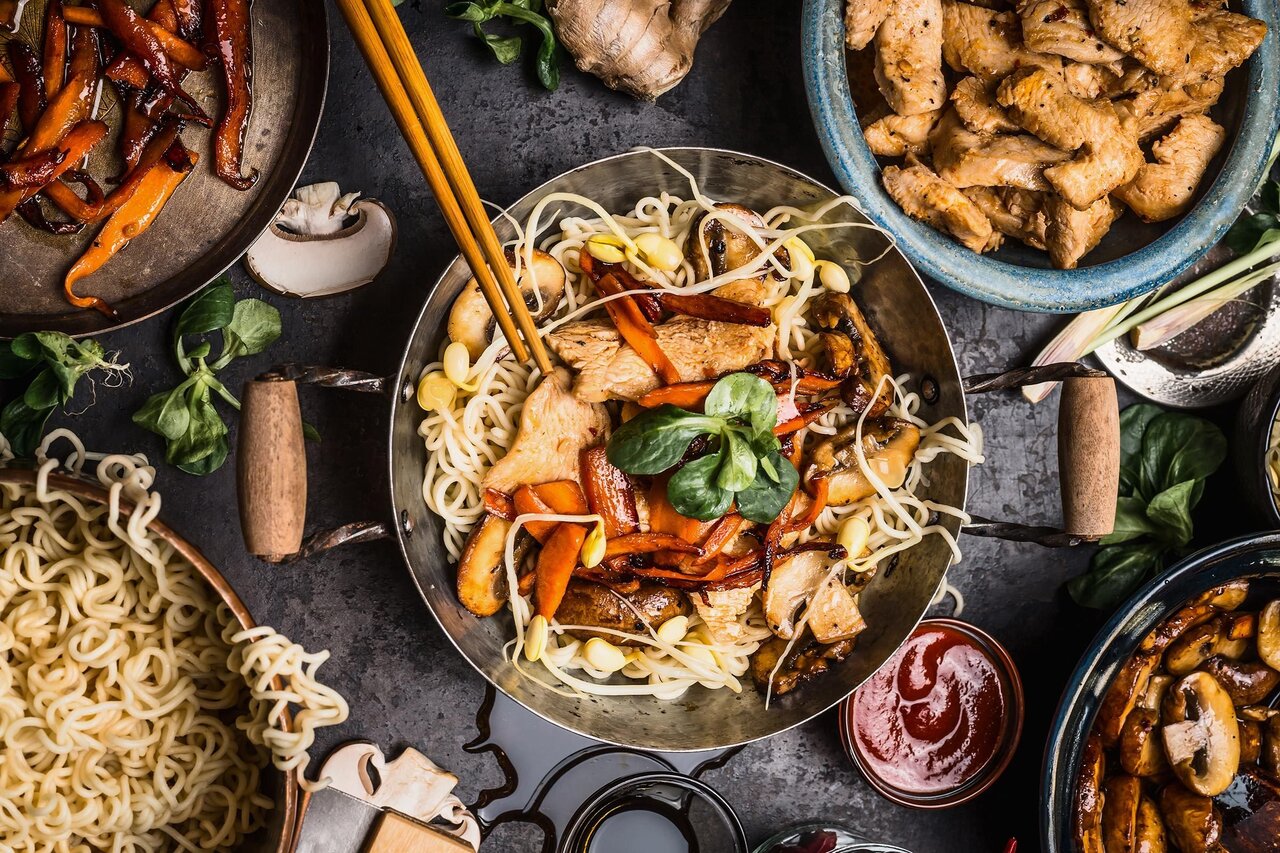Hamedan to organize a workshop on Chinese cuisine

TEHRAN – Hamedan will be hosting a workshop on Chinese cuisine as the Iranian city prepares to draw more travelers from the East Asian country.
A workshop named “Acquaintance with Chinese Culture, Tastes and Cooking” will be held in Hamedan on August 9 in the presence of travel insiders, experts and students, a local official said on Monday.
By organizing such events, Hamedan pursues its plans to meet essential infrastructure needed to attract Chinese tourists, the official said.
Home to countless natural and historical spots, including 26 UNESCO-registered sites, Iran seems to be one of the emerging popular destinations for Chinese tourists this summer.
Data compiled by some travel platforms suggest Iran and several other countries in West Asia and Africa have become the new favorite “unexpected names” on Chinese travelers' list of summer vacation destinations this year.
Over the past couple of years, Iran has made efforts to become a popular destination for Chinese nationals. “We should pay attention to the Chinese market in a more pragmatic approach,” Ali-Asghar Shalbafian, the deputy tourism minister, has said.
“So far, steps have been taken to examine the Chinese tourism market, but today the (essential) need is to implement executive measures based on [our] fault detection and macro planning,” the official explained.
Experts believe that insignificant numbers of Chinese restaurants, Chinese-language guides, or even inappropriate lodging facilities have been among the main reasons why Chinese arrivals in Iran fall short of expectations.
In 2019, the Islamic Republic waived the visa requirement for Chinese nationals willing to visit the country. The decision was made to attract more foreign tourists to the country; however, it was a unilateral measure, because Iranian tourists visiting China still need visas.
Glimpses of culinary cuisines of China
Chinese cuisine is rich and diverse, varying in style and taste from region to region. Its history dates back thousands of years, evolving according to changes in both the environment (such as climate) and local preferences over time.
Chinese cuisine also varies depending on class and ethnic background, and it is often influenced by the cuisines of other cultures. All these factors contribute to an unparalleled range of cooking techniques, ingredients, dishes, and eating styles that makeup what is understood to be Chinese food today.
Of the various regional styles of Chinese cuisine, it is the Cantonese cuisine from Guangdong is the most widely recognized globally. Many Western Chinese restaurants have adopted a style of Cantonese cooking due to the majority of Chinese emigrants from Guangdong who moved to the United States and Europe in the 1800s.
Indeed, Hakkasan’s menu is predominantly Cantonese or Hakka (from which Hakkasan derives its name), a cuisine developed by the Hakka people who lived in the Guangdong province.
However, there are several distinctive styles from different regions that contribute to the whole of Chinese cuisine. Anhui, Cantonese, Fujian, Hunan, Jiangsu, Shandong, Szechuan, and Zhejiang are eight specific culinary traditions that are recognized throughout Chinese society and around the globe.
AFM
